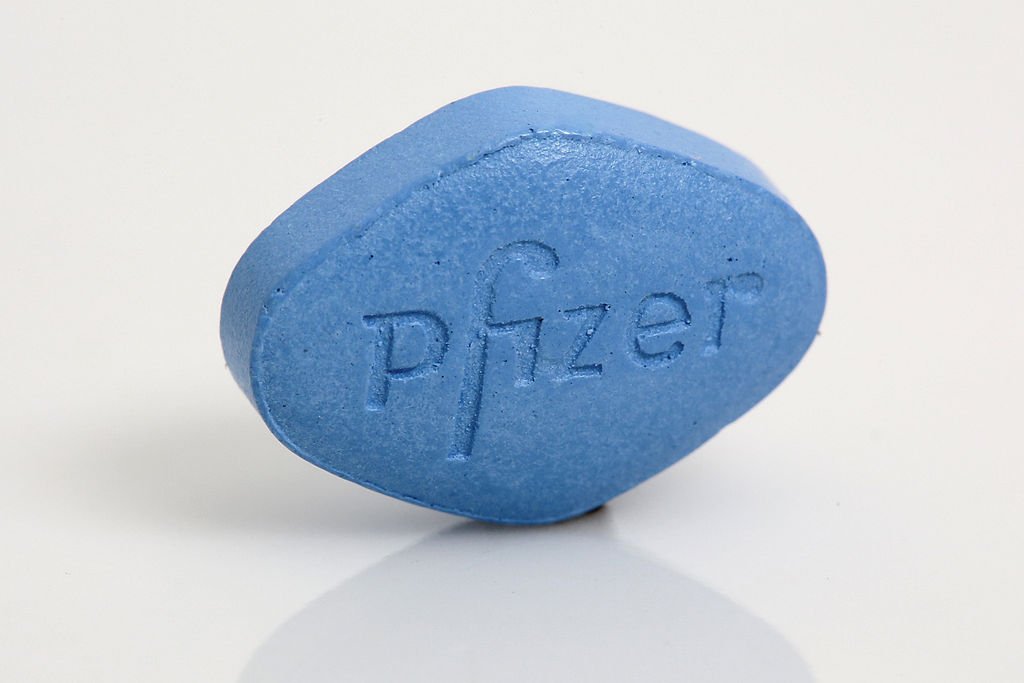There are three certainties in life: death, taxes, and a neverending quest to find the perfect antidote to erectile dysfunction. It’s not like there’s any shortage of options on the market right now — but according to new research, a type of spider venom might be even better than Viagra.
It’s a major trend throughout human history.

Long before pharmaceutical companies started creating their own concoctions, natural solutions — everything from oysters to certain herbs to straight-up snake oil — have been touted as ways to improve virility.
Viagra’s been on top for awhile now.

It isn’t the only erectile dysfunction drug on the market, but it has been the most successful. Since Pfizer’s little blue pill was introduced in 1998, it’s made the pharma giant tens of billions of dollars in sales.
Apparently Pfizer’s got nothing on spiders.
This story is basically a real-life version of the Spider-Man saga. In this case, though, spider venom doesn’t provide any spider-like superpowers. But it would help Peter Parker…uh, well, you’ll see.
Researchers took a close look at spider venom.

Scientists from the Federal University of Minas Gerais in Brazil were investigating the Brazilian wandering spider, known locally as the banana spider and known scientifically as Phoneutria . This spider packs a mean bite than can be dangerous to humans.
Why were they investigating this connection?

The spider has long been known for its bite that can be life-threatening in severe cases. But, interestingly enough, the venom is known to cause long, painful erections in its male victims.
That…doesn’t sound fun.
No, it doesn’t. But with the knowledge that there’s a connection, there was the hope that it might be possible to synthesize the venom to create a new kind that has more desirable side effects.
They tested on mice and rats.

First, they had to find mice and rats with erectile dysfunction. Then, they tested a synthetic form of the venom by applying it topically. Results were favorable, with swelling lasting “about 60 minutes”.
They synthesized the painful effects away.

Not only did the synthetic venom have the desired effects, it also didn’t have any of the undesirable effects. Researchers reported no signs of discomfort and harm to their test subjects.
It’s even been tested on humans.
A separate trial last year used a similarly synthesized chemical blend on human subjects, finding promising results. It was found that effects kicked in within half an hour and doubled blood flow to the crucial area.
There’s a big, blue elephant in the room.

Sure, it does what it does, but can it dethrone Viagra? Surprisingly, early research suggests that, yes, the effects are more pronounced than what’s provided by Pfizer’s market-leading pill.
How does it work?

It actually isn’t that different from Viagra. Both chemicals boost levels of the gas nitric oxide, which in turn dilates blood vessels in the family jewels region, which causes blood to swell up.
It could be a breakthrough.

Humans seem to have a limitless appetite for fertility treatments, so there’s a ready-made market in place. The authors of the first study mentioned above say the compound could be “a promising alternative for erectily dysfunction treatment.”
How’s it applied?
While many popular drugs like Viagra are taken in pill form, scientists have refined the synthesized toxin down to a gel which can be applied topically.
Human ingenuity knows no bounds.

Humans have probably known about the Brazilian wandering spider and the painful boners it causes for thousands of years. Now, thanks to modern medicine, we’ve turned that venom into something even better than Viagra. Well done, science!
Please go here for full-text version of study: https://www.jsm.jsexmed.org/article/S1743-6095(19)30005-0/fulltext
















































